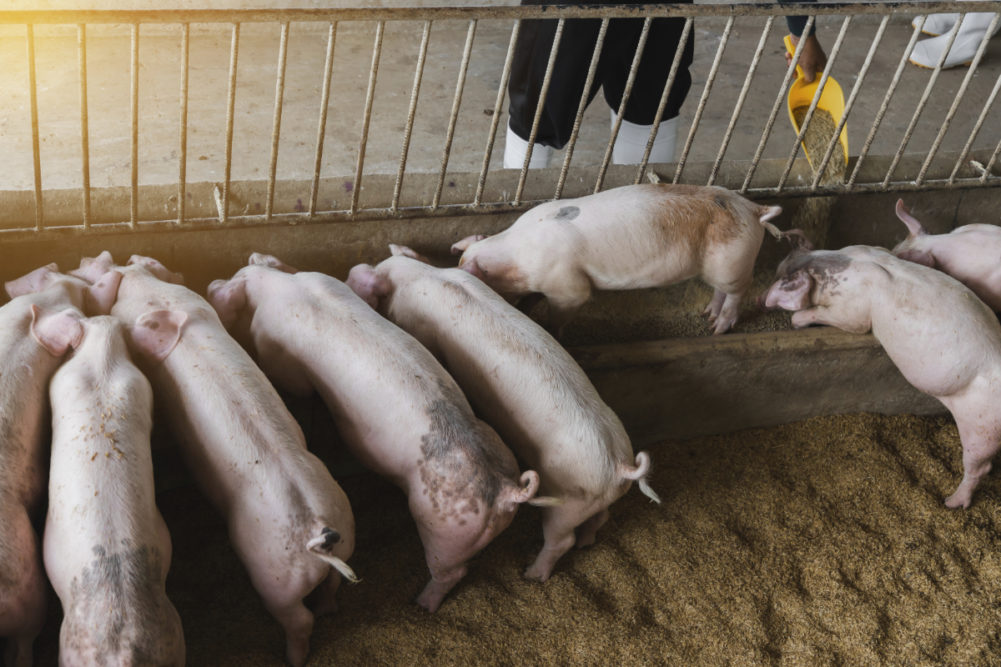DENVER, COLORADO, US — US animal protein producers are expected to endure a hike in feed costs in 2021. An anticipated 12% increase in feed prices will mark the highest year-over-year cost, according to a quarterly report released by CoBank’s Knowledge Exchange on Dec. 10.
Rising feed costs is not the only challenge the meat and poultry industry has been facing. COVID-19 took a toll on average producer margins for cattle, hogs and broilers this year after the pandemic disrupted foodservice demand and drove widespread meat plant slowdowns and shutdowns.
“Most producers lost money during the year, but that’s been in the midst of some of the most extreme volatility in global food demand anyone has ever seen,” said Will Sawyer, lead animal protein economist with CoBank. “Industry margins are far better today than they were in the spring, but there will be tighter windows of opportunity for the livestock and poultry sectors to profit in 2021.”
The report attributes the increase in feed cost to the rebounding hog herd in China. The country is rebuilding its grain and feed stores as it recovers from the African swine fever (ASF). The USDA projects China’s corn imports to more than triple in the 2020-21 crop year and a large chunk of it from the United States.
In 2021, CoBank analysts expect US hog producers are expected to face the highest level of feed cost inflation at 14%, closely followed by cattle feeders at 13%, and chicken producers at 11%. The impact of feed costs varies by species due to life cycle, feed ration, and components of other feed costs.
Even though feed costs will be on the rise next year, the USDA forecasts a 0.8% overall growth for US beef, pork, and chicken production in 2021.
“While animal protein and poultry producers face a higher cost structure in 2021, margin opportunity will increasingly come from revenue rather than cost,” Sawyer said. “And fortunately, there are positive signs that producers and processors may benefit from higher beef, pork, and poultry prices to cushion higher feed costs.”
Another potential positive is the development of COVID-19 vaccines. Sawyer said this could bring back the normalization of food and animal protein consumption, particularly in the foodservice industry.





